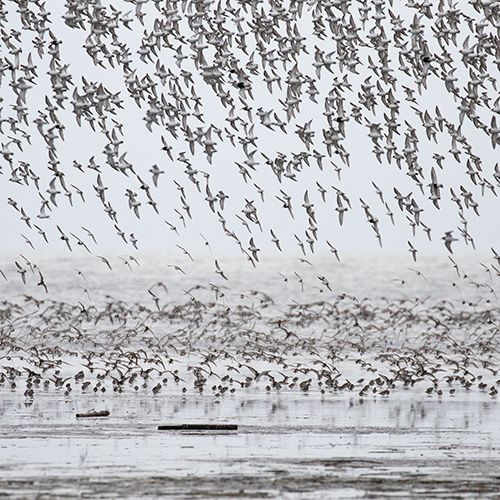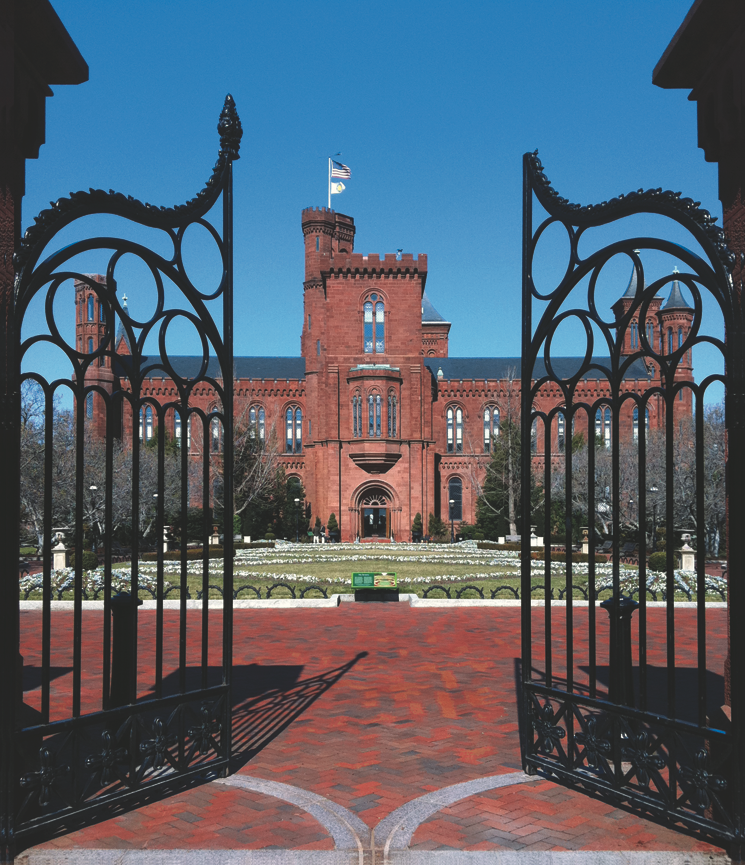This week's edition offers topics that look to the skies, as well as one very down-to-earth film star. It also carries a special video message (narrated by LL Cool J) from Smithsonian Secretary Lonnie G. Bunch III that looks to the institution's future.
They're among the offerings designed to make sure you continue to enjoy what you,ve come to value from Smithsonian Associates: programs and experiences that are entertaining, informative, eclectic, and insightful.
Catching Greenlights with Matthew McConaughey

For 35 years, Oscar-winning actor Matthew McConaughey kept a diary, charting his rise from a rule-breaking kid in Texas to the heights of Hollywood. But his new memoir Greenlights, like McConaughey himself, is definitely not traditional: It's a collection of anecdotes, poetry, yarns, and lessons from his life that led him to a stage of success he calls "catching greenlights." Join him on Wednesday, February 10 Smithsonian Associates Streaming conversation with Gayle King, co-host of "CBS This Morning," as he shares unvarnished stories from the book and explains how they instilled in him the importance of values, the power of new experiences, and, as he puts it, "either changing your reality or changing how you see it."
Register for the Program
A World on the Wing
 Shorebirds above the steel-plate mud of Dongling, north of Shanghai (Photo: Scott Weidensaul)
Shorebirds above the steel-plate mud of Dongling, north of Shanghai (Photo: Scott Weidensaul)
In the past two decades, our understanding of the navigational and physiological feats that enable birds to cross immense oceans, fly above the highest mountains, or remain in unbroken flight for months at a stretch has exploded. Did you know that thrushes avoid dehydration and extend their flight range by more than 2,000 miles by "drinking" from their own muscles and organs? Or that birds very likely orient themselves using Earth's magnetic field? In a Tuesday, March 30 Smithsonian Associates Streaming program, naturalist Scott Weidensaul discusses the latest findings in migration science and examines how researchers, scientists, and bird lovers are trying to preserve migratory patterns in the face of climate change and other environmental challenges. Jennifer Ackerman, author of The Bird Way, joins him in conversation as they explore the science and sheer wonder of global bird migration.
Not all birds head south for the winter. For example, Virginia's grassland and shrubland are the year-round residences for some species. Researchers with Smithsonian's Virginia Working Landscapes turned to local farmers and landowners for help understanding how common field management practices-like mowing, burning or animal grazing-affect birds that stay for the winter. A Smithsonian Voices blog post from the National Zoo tells the story.
Register for the Program
Read the Article
Inclusive Emoji

Emoji images of a woman in a hijab and an interracial couple have been acquired by the Cooper Hewitt, Smithsonian Design Museum as part of the institution's expanding digital collection. The acquisition follows similar ones by other prominent museums, including the Museum of Modern Art and the Victoria and Albert, to document the important cultural role of emoji designs. The hijab emoji, officially called "person with a headscarf," was originally submitted in 2016 to the Unicode Consortium, a nonprofit California organization that oversees the emoji standard. It arrived for use on phones and computers the next year, and the inclusion of an emoji with a hijab was followed closely in the Muslim world. The interracial pair, known as "inter-skintone couple," was presented to Unicode in 2018 and arrived on devices in 2019 as the first to combine multiple skin tones in a single emoji. It builds on digital skin-tone work done by Katrina Parrott, a Houston-based entrepreneur and mother who was inspired to advocate for a wider range of representation on emoji after hearing her daughter lament that she couldn't properly represent herself.
Read the Article
Suburban Stories

A house ringed by a white picket fence is an idyllic image that promoted suburban life in 1950s America. In addition to being advertised as welcoming, friendly, and safe, suburbia also embodied the reality of racial division in postwar America, one in which African Americans were largely barred from purchasing such homes. In a Smithsonian Associates Streaming program on Tuesday, January 26, historian Allen Pietrobon explores how and why the unique form of suburban living first arose in America, the legacies of the suburbs, and how they shaped our politics, culture, race relations, and gender dynamics. He also examines what we can learn about our nostalgia for the 1950s and how that era continues to impact American culture and politics today.
Arlington County, Virginia-just across the Potomac from Washington, D.C.-embodies a classic trajectory of growth: the evolution from the farms and rural villages of the early 19th century to commuter suburbs for federal workers a century later followed by a postwar boom in bedroom communities that set the stage for another explosion of growth in later decades. In a four-part Smithsonian Associates Streaming series in February, historian Kathryn Springston follows its story through centuries of social and economic change.
American Suburbs in the 1950s
A History of Arlington County, Virginia
A Little Light Music

You might describe the dazzle of the northern lights as a symphony of color. But Alaskan sound artist and composer Matthew Burtner has translated the electromagnetic signals of the aurora borealis into an actual musical composition. Commissioned by the BBC to contribute to a radio documentary called "Songs of the Sky," he was given a very low-frequency recorder that converts those signals into sound waves. Burtner told NPR's Weekend Edition Sunday that in his work "Auroras" he "wanted the listener to feel like they're experiencing the northern lights. So the idea is that when you're outside and it's a clear night and the auroras happen to be out and you can see them, it's really quite an amazing experience, and you really feel like you're in touch with the solar system." Listen to the interview and a sample of the celestial synthesized sounds.
Listen to the Interview
The Smithsonian at 175

Smithsonian Secretary Lonnie G. Bunch III recently shared this message as the institution enters a landmark year:
Dear Friends,
2021 represents a significant chapter in the Smithsonian's history-its 175th anniversary. As we commemorate this milestone, it is important not only to look back at where we have been, but also to look ahead at what is on the horizon. The Smithsonian is both a place that keeps the nation's collective memories and an innovative, evolving organization that tackles complex challenges-a role that has come to the forefront in the last year.
In moments of crisis, people turn to institutions they trust. The challenges we face and the events of recent days have demonstrated the importance of the Smithsonian's work-in serving our communities, safeguarding culture, heritage and knowledge, and guiding future generations.
In the spirit of looking forward, please take a moment to watch this short video highlighting the Smithsonian's unique ability to inspire a new generation to learn from the past and build a brighter future.
I am deeply grateful for all the ways you support this institution. Thank you for being a vital part of the Smithsonian community.
Watch the Video